You are invited to the first-ever National Exhibition on Intangible Cultural Heritage (ICH) in Uganda
From 27th to 29th August 2025, the heart of Uganda (Kampala) will pulse with cultural pride, ancestral wisdom, and celebration as the Uganda Community Museums Association (UCOMA), with support from UNESCO, hosts the first-ever National Exhibition on Intangible Cultural Heritage (ICH) at the Uganda National Cultural Centre (National Theatre). The exhibition is a key activity under a bigger 2-year UNESCO-funded project titled “Strengthening the Capacity of Community Museums to Promote Inscribed Intangible Cultural Heritage,”
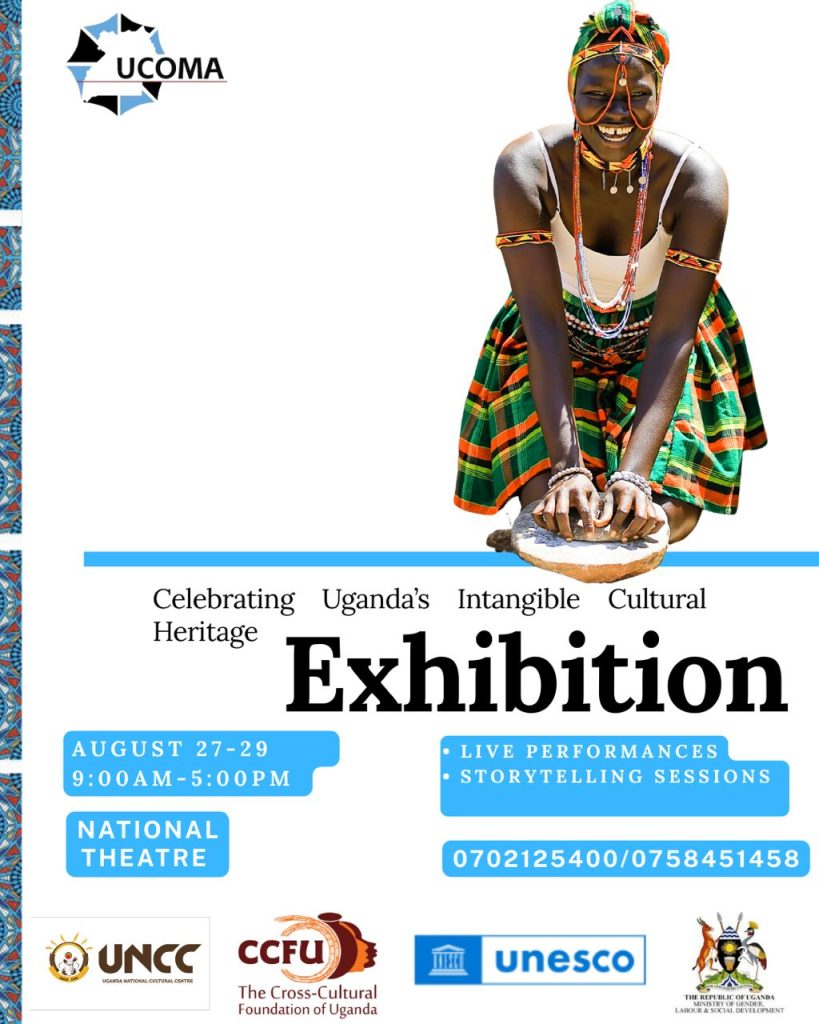
At the heart of the exhibition will be the six elements of Uganda’s intangible cultural heritage that have received international recognition through inscription on the UNESCO Lists:
- Bigwala gourd trumpet music and dance: A royal musical heritage of the Basoga, performed during installation ceremonies and symbolising unity and authority.
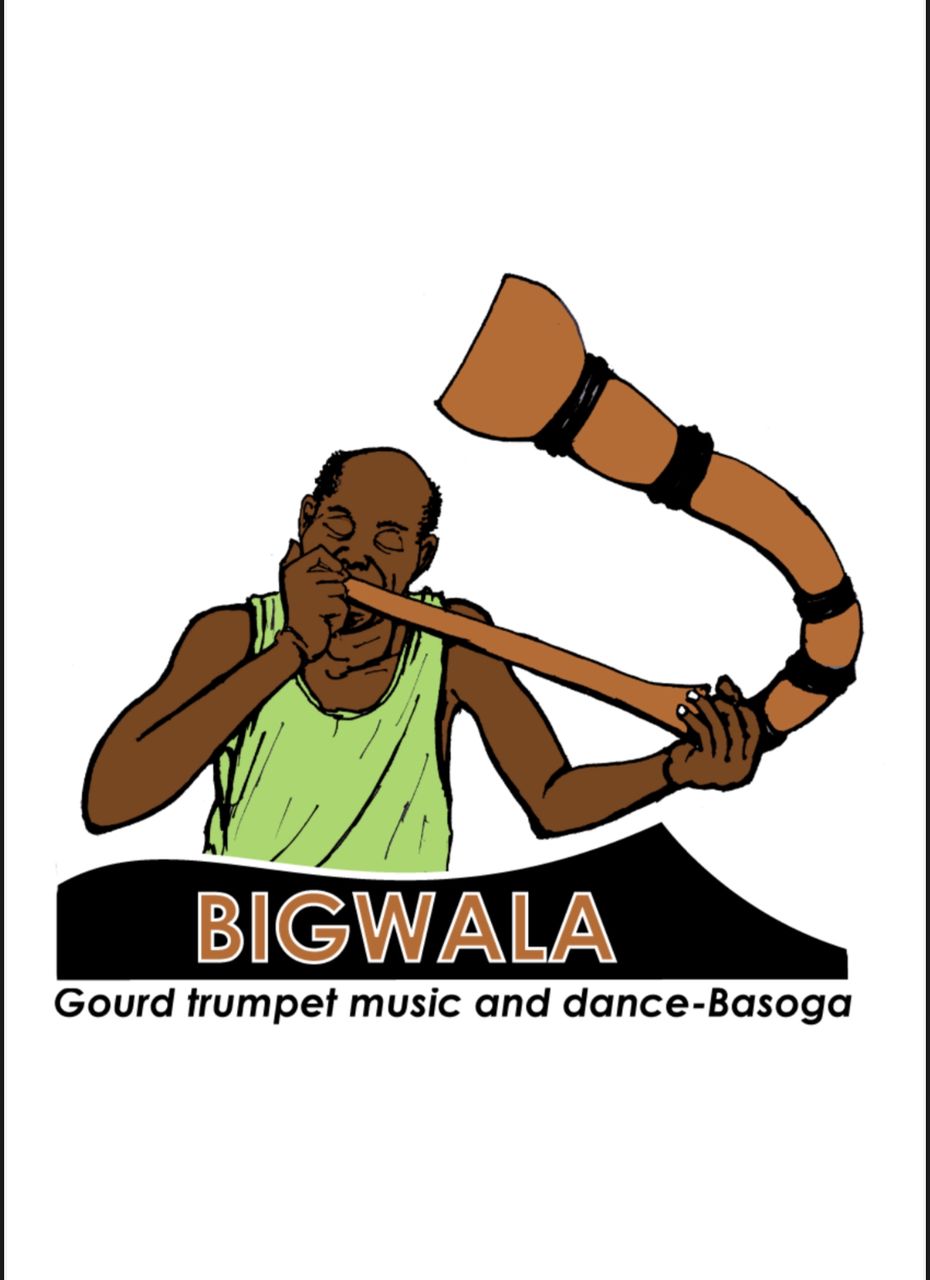
- Koogere oral tradition: A cycle of narratives from the Basongora, Banyabindi, and Batooro communities, celebrating female leadership, wisdom, and moral values.
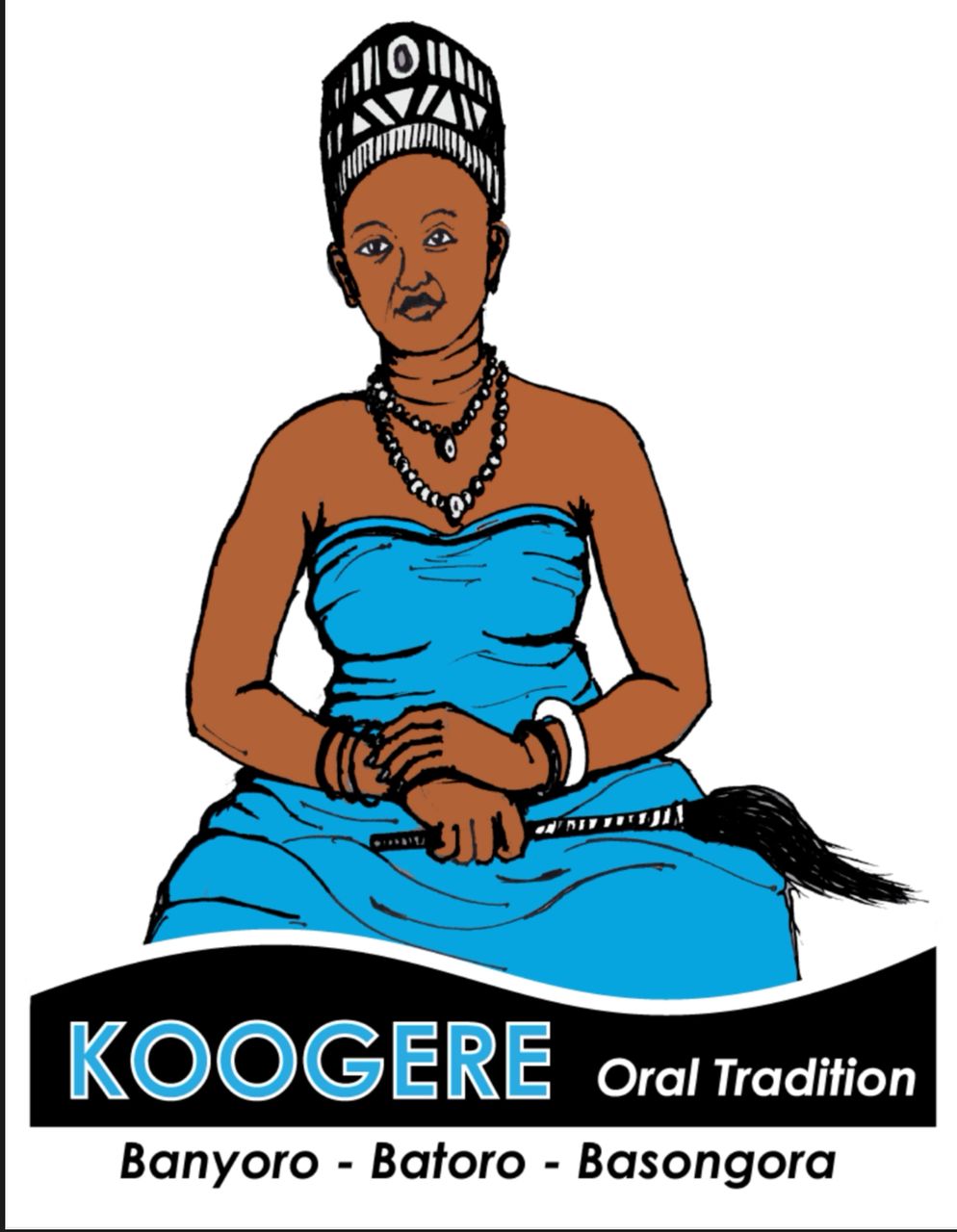
- Madi bowl lyre instrument and music: An emotive, poetic musical form among the Ma’di, often played in communal gatherings to pass down wisdom and cultural memory.
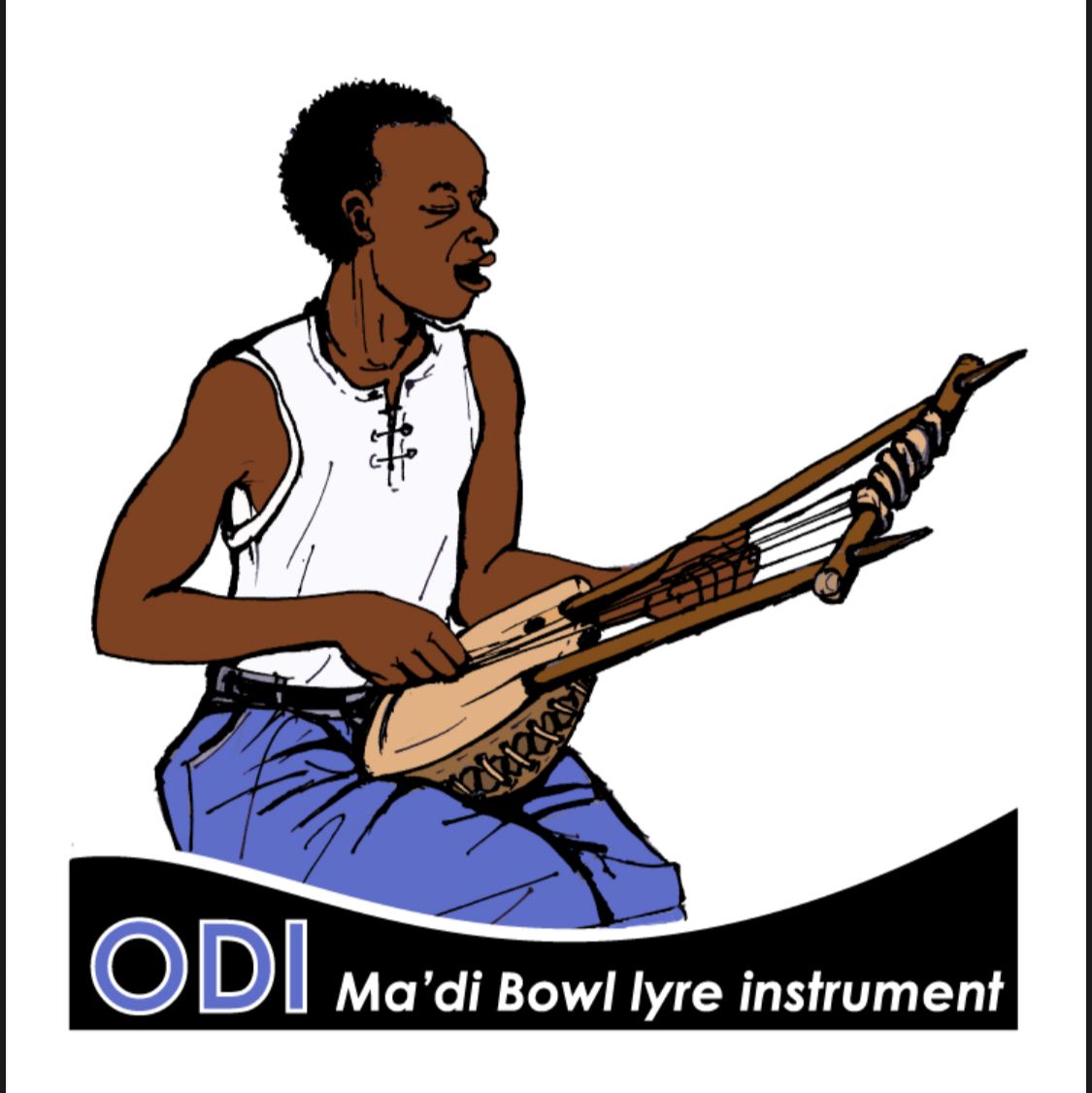
- Empaako naming system: A unique tradition among Batooro, Banyoro, and related communities, where praise names reinforce social harmony and personal identity.
- Male child cleansing ritual of the people of Lango: A practice among the Lango people to cleanse young males, marking their transition to adulthood.
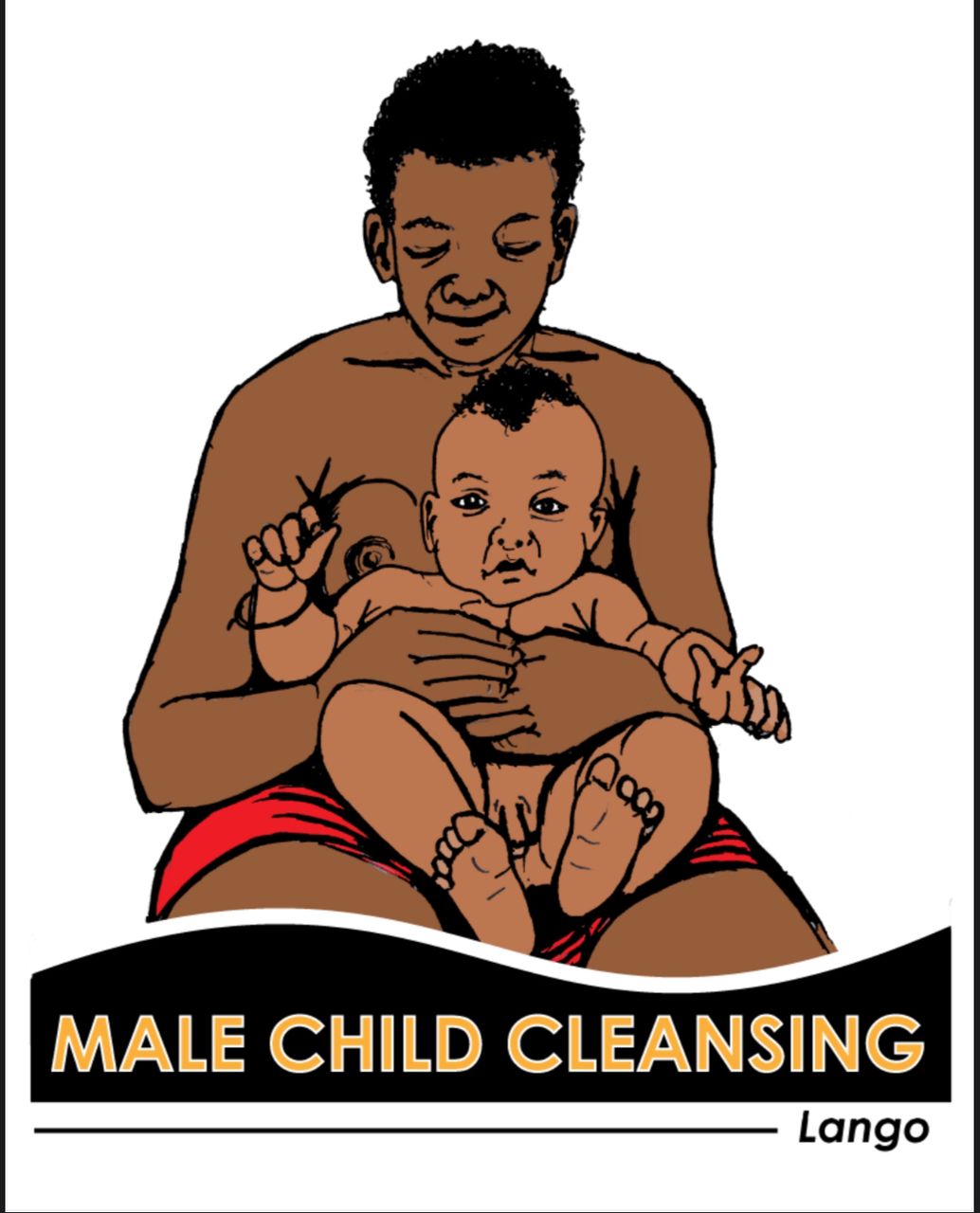
- Barkcloth making: A centuries-old practice of crafting cloth from the mutuba tree, deeply embedded in Buganda’s rituals and artistic expression.
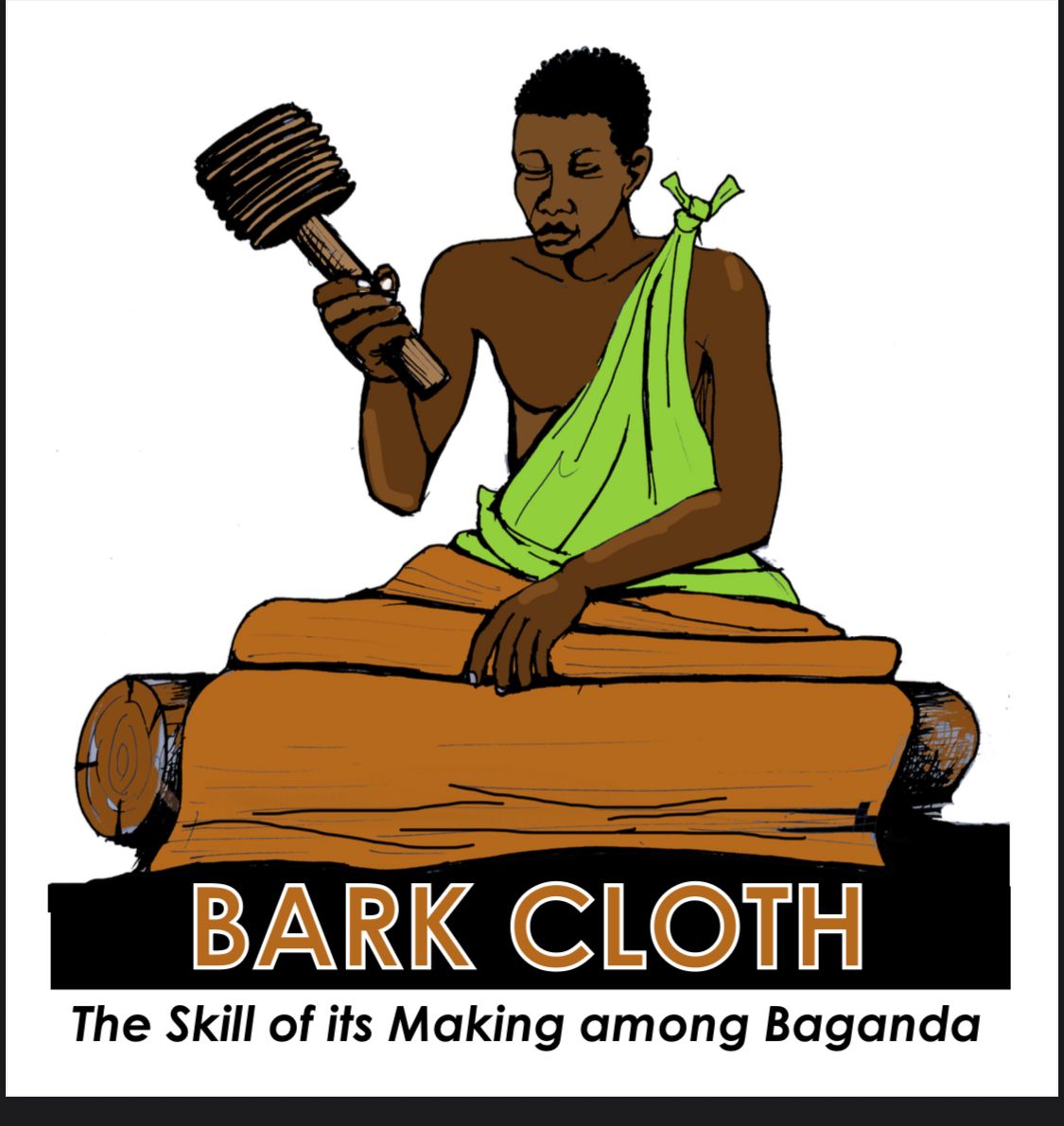
Each of these elements will be interpreted through live performances, community narratives, and curated museum exhibits.
Unearthing untold stories
In a pioneering collaboration with Kyambogo University, Uganda Martyrs University at Nkozi, Islamic University in Uganda (IUIU) in Mbale, and Kabale University, the exhibition will also feature other significant intangible cultural heritage elements that, while not yet inscribed by UNESCO, remain central to community life and identity.
These include indigenous funeral rites, traditional bone setting, and child-naming ceremonies documented among the Baganda by Kyambogo University.
From IUIU in Mbale, the exhibition presents a rich tapestry of practices including the Imbalu male initiation riteand its associated rituals, indigenous food preparation techniques, traditional governance systems such as land and clan management, and indigenous worship practices.
At Uganda Martyrs University Nkozi, the exhibition will feature drum-making skills, clan systems, and traditional spiritual beliefs, highlighting the continuity of belief systems and artisanal knowledge.
Kabale University’s contribution focuses on the Kigezi highlands, featuring indigenous music and dance traditionssuch as Ekizino and Kakitaari, local beer making techniques for beverages like enturire and Rwarwa, indigenous healing practices, and community perspectives on witchcraft and magical traditions.
These university-led efforts will not only deepen the exhibition’s scope but will also reaffirm the value of academic-community partnerships in safeguarding Uganda’s diverse living heritage.
A national forum for cultural engagement
What sets this exhibition apart is its immersive, participatory design. It is not just an exhibition, it is a national forum that invites all Ugandans to engage with their heritage through sight, sound, movement, and conversation. It will feature:
- Live cultural performances and storytelling sessions led by the ICH knowledge bearers from various communities and voices of the young people
- Interactive learning zones for children and students
- Craft and culinary exhibitions showcasing traditional skills and knowledge systems
- Documentation corners highlighting ICH elements and university research
The event will also highlight the evolving role of community museums as vibrant heritage spaces where culture is not only preserved, but lived, performed, questioned, and renewed.
Open to all
The exhibition will be open to the public from 8:00am. to 6:00pm. daily, with free admission. Whether you are a student, teacher, parent, researcher, policymaker, or curious visitor, this is a rare opportunity to witness and honour the intangible threads that weave Uganda’s cultural landscape. We invite the public to explore this rich, diverse and often under-recognized traditions that shape the country’s cultural identity.
About UCOMA
The Uganda Community Museums Association (UCOMA) is a non-governmental organization that brings together over 36 community-based museums across the country.
Established in 2011, This umbrella organisation supports locally initiated efforts in heritage preservation, UCOMA advocates for the recognition, sustainability, and visibility of community museums as key custodians of Uganda’s cultural heritage. Through capacity building, documentation, and strategic partnerships, UCOMA empowers these museums to safeguard both tangible and intangible heritage, with communities at the forefront.
Its role in coordinating this exhibition reflects its ongoing commitment to ensuring that Uganda’s living traditions are not only preserved but celebrated and passed on to future generations.

